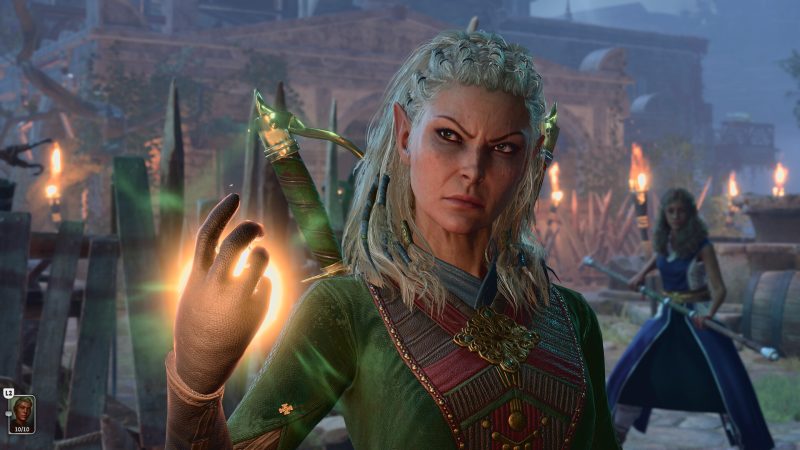It doesn’t take a lot to get the internet going and Michael Douse, the publishing director for Baldur’s Gate 3, just gave millions of gamers worldwide something to sit on for the rest of the weekend in a series of posts on X.
While commenting on the pricing structure of blockbuster games like Star Wars Outlaws, which recently went viral for all the wrong reasons, Douse suggested that the current trend of offering multiple editions and season paces is an “artificial” and subtle way of increasing video game prices.
Douse explains that this creates a complex and potentially misleading structure as he argues for publishers to push for higher video game prices.
The issue of game pricing is not new, but it has become increasingly pressing as development costs have skyrocketed in recent years. Industry figures like Take-Two Interactive CEO Strauss Zelnick have pointed out that the price of games is “very, very low” compared to the hours of entertainment they provide and players’ perception of their value.
However, the reality is that video games compete not only with each other but also with movies and TV shows and alternative monetization models like free-to-play games. This competition makes it challenging for publishers to implement across-the-board price increases without risking a significant drop in sales.
The rise of free-to-play games and live service models has further complicated the pricing landscape. These games often generate revenue through microtransactions and battle passes, allowing players to invest gradually over time rather than paying a large upfront cost. This model has proven particularly appealing to younger gamers, with titles like Fortnite and Roblox dominating the younger demographic.
For traditional AAA games, the pressure to justify their price tag has never been higher. Consumers now have access to a vast library of older games, many of which offer comparable or even superior gameplay experiences at a fraction of the cost of new releases. This abundance of choice has made many gamers more willing to wait for sales rather than purchasing titles at full price.
Companies have varying responses to these challenges. Ubisoft has adopted a tiered pricing strategy that aims to capture different market segments over time. This has often involved offering premium editions for early adopters at much higher prices, followed by gradual price reductions to attract more price-sensitive consumers.
While this strategy has shown some success, it also risks consumers to expect rapid price drops, potentially undermining full-price sales at launch. Nintendo, in contrast, has maintained a policy of infrequent discounts, which has helped preserve the perceived value of their titles and encouraged more day-one purchases.
You’re as unlikely to find a game like The Legend of Zelda: Tears of the Kingdom at a significant discount as Assassin’s Creed: Mirage selling for retail price, even though the latter is a much younger title by a couple of months.

A rising trend to help offset the growing development costs and keep audiences satisfied in between major releases are “mid-tier” blockbusters, which aim to offer AAA-quality experiences on more modest budgets. Sony has mastered this already and it seems like Techland is also a strong believer of this strategy.
With this approach, publishers can experiment with fresh ideas without the financial risk associated with traditional AAA development.
Despite these strategies, the fundamental issue of rising development costs remains. There’s a glaring problem with the need to streamline production costs, especially when a company like Square Enix isn’t happy with the sales of Final Fantasy 16 and Final Fantasy 7 Rebirth, which topped the sales charts when they came out, but an indie studio like Game Studio can create a game like Black Myth: Wukong—this year’s best-selling title and a potential game-changer.
The pressure to create “hit” games puts enormous stress and burden on developers, creating an unsustainable practice that many have begun calling out in recent years.
And while it’s certainly possible that the release of Grand Theft Auto 6 at a higher price point might encourage others to follow suit, it’s highly unlikely that we’ll see video games move past the standard $60 price point anytime soon.

